LaTeX templates and examples — Math
Recent
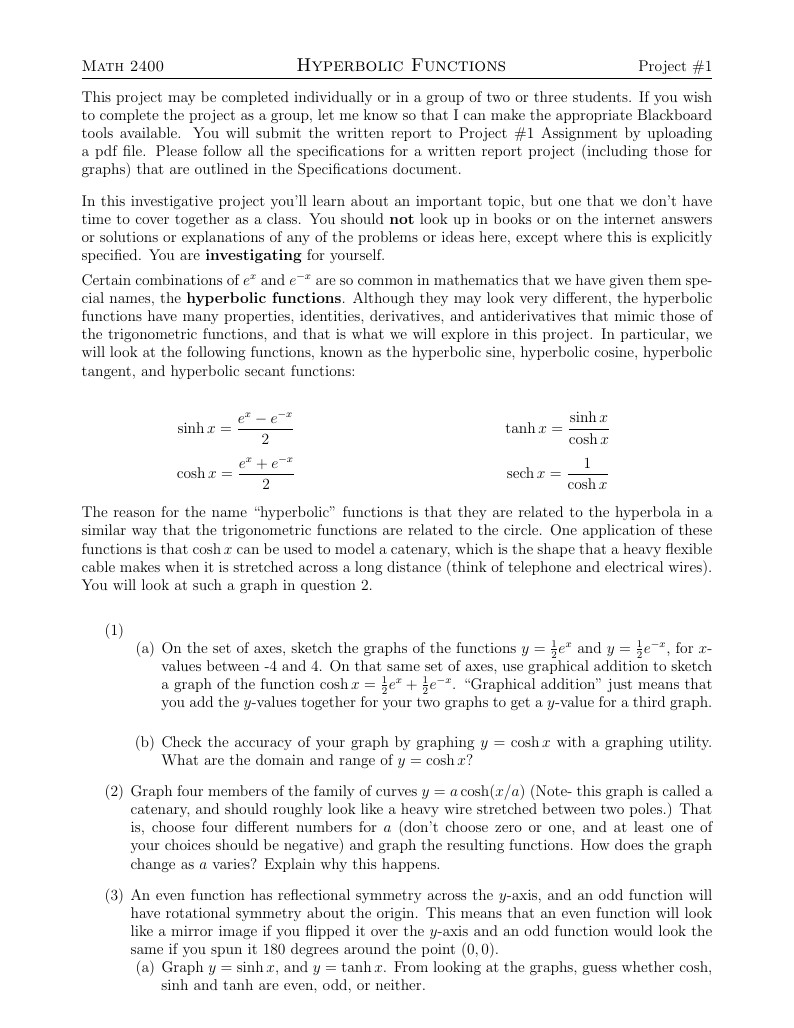
This is a copy of the LaTeX code for Project #1 in Math 2400 at Fitchburg State University. Students can use this to help with their write-up. This project was adapted from Adam Graham-Squire at High Point University. Students will use this to explore properties of hyperbolic trig functions within calculus.
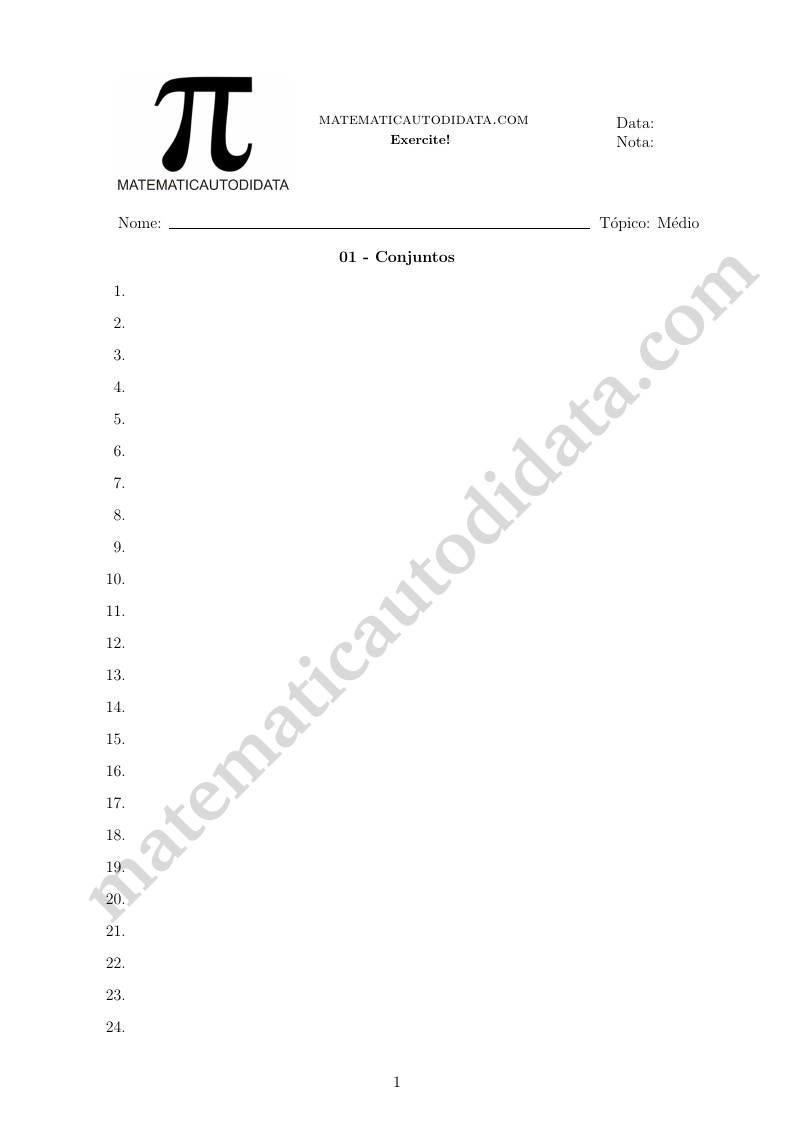
Modelo criado por mim para manutenção de meu site: matematicautodidata.com
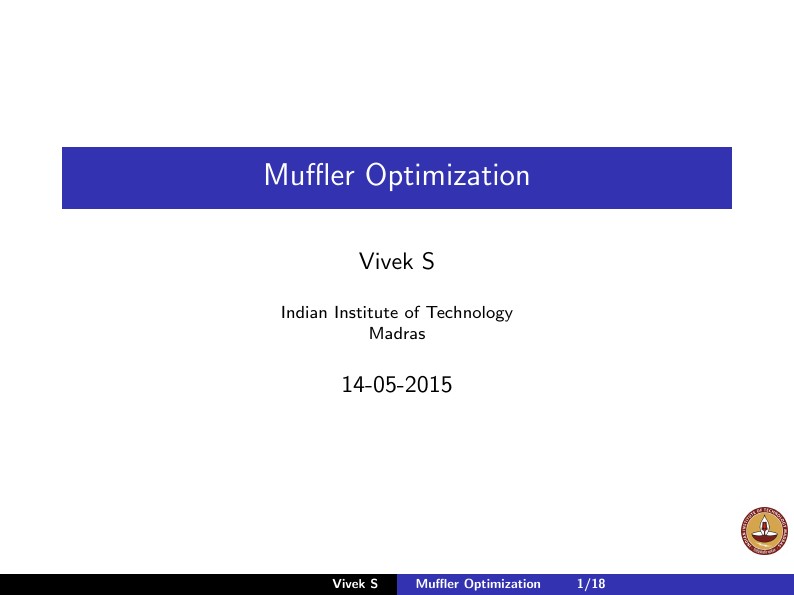
Maximization of muffler performance is important, but there is always space volume constraints. Shape optimization of multi-segments Muffler coupled with the GA searching technique. Outline: Problem Statement Derivation of Four Pole Matrices and an expression for STL Introduction to GA and it's Implementation A numerical case of noise elimination on pure tone Results and Discussion
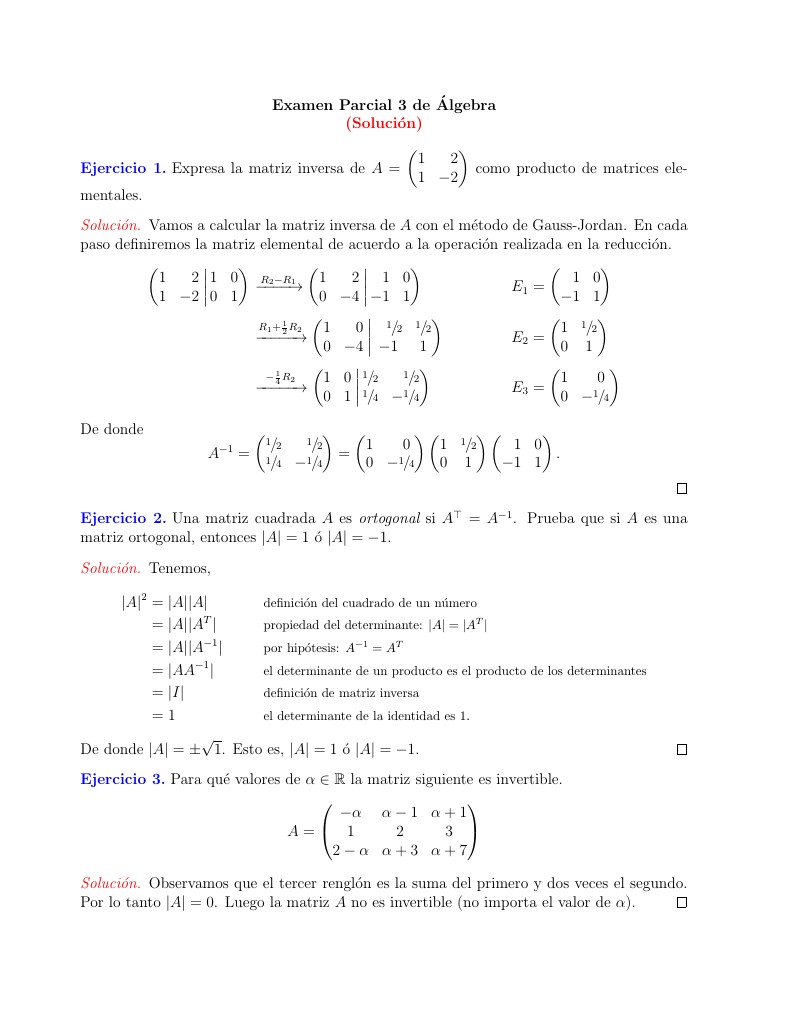
Solución al tercer parcial del curso de Álgebra para la licenciatura de Física, Facultad de Ciencias, UNAM. Semestre 2018-1
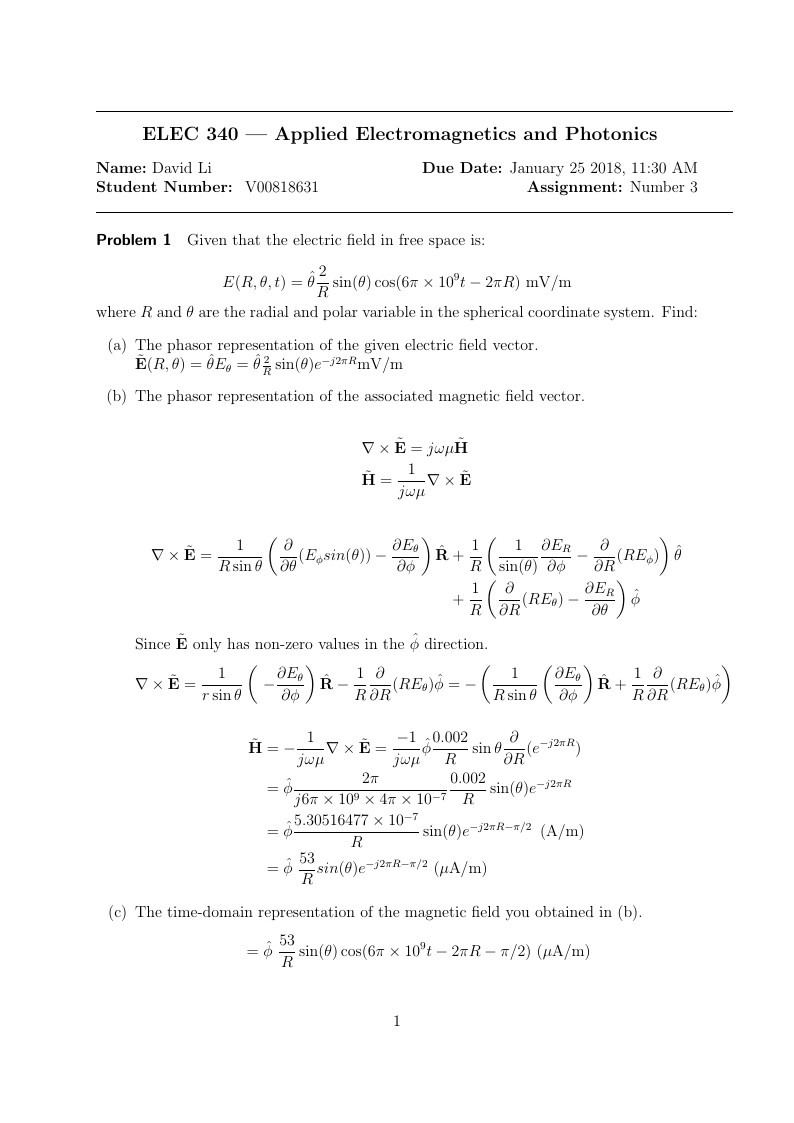
A light template for my electromagnetic class at the University of Victoria
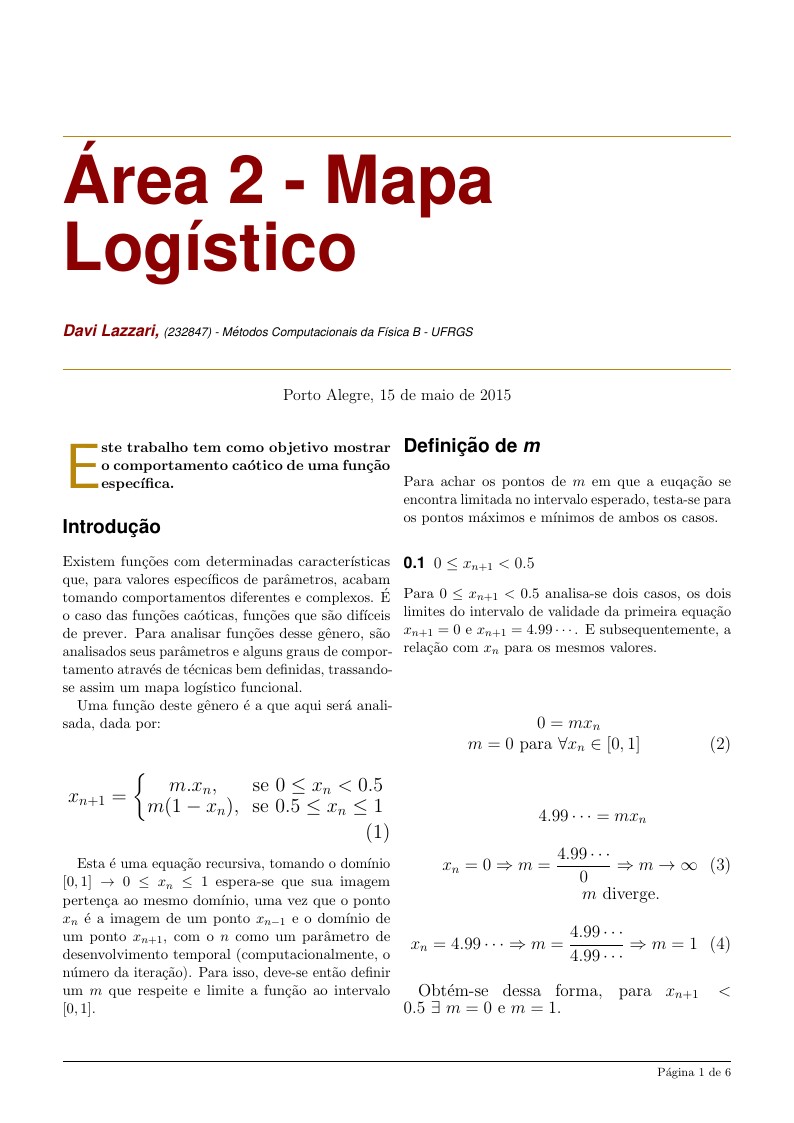
Análise de uma função específica caótica (Tenda), do gênero Mapa Logístico. Análise de caracteristicas como validade do coeficiente (m) para o intervalo, pontos fixos estáveis e instáveis (1ª e 2ª ordem) e coeficiente de Lyapunov.
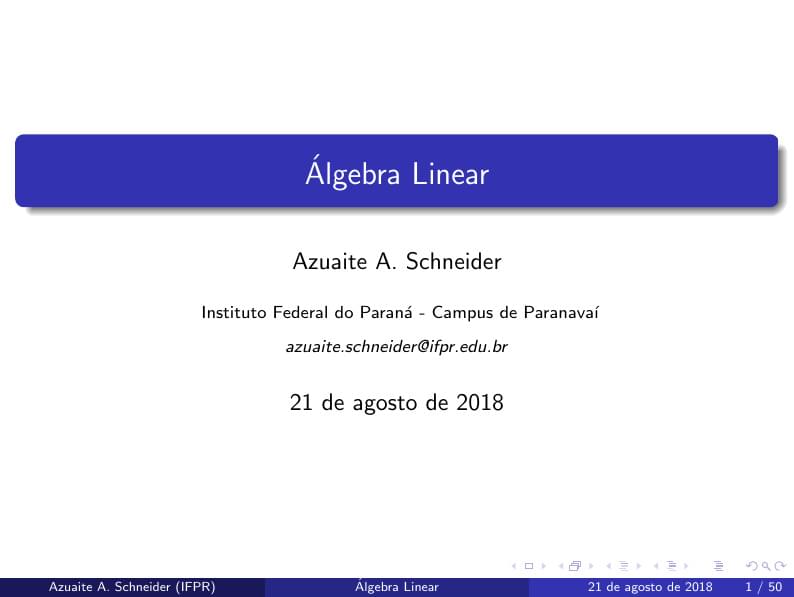
Algebra Linear
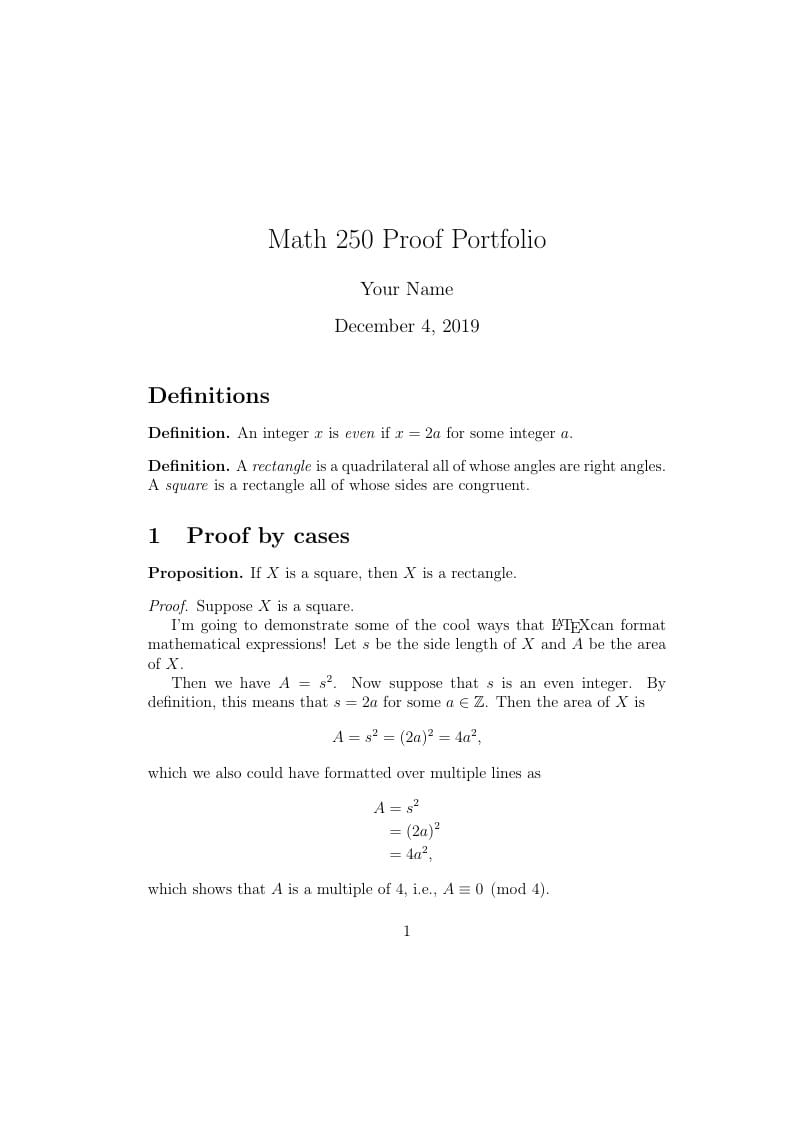
Math 250, Meredith College
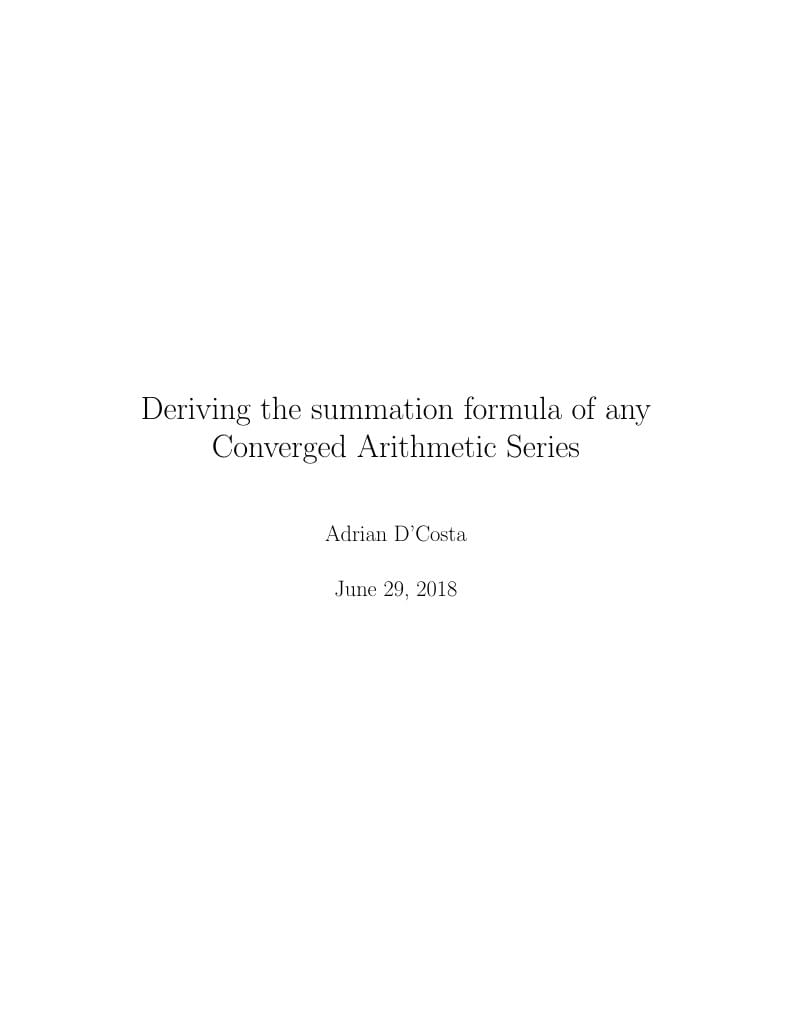
I have shown here how to derive the summation of a convergent Arithmetic series and get two results as answers
\begin
Discover why over 20 million people worldwide trust Overleaf with their work.